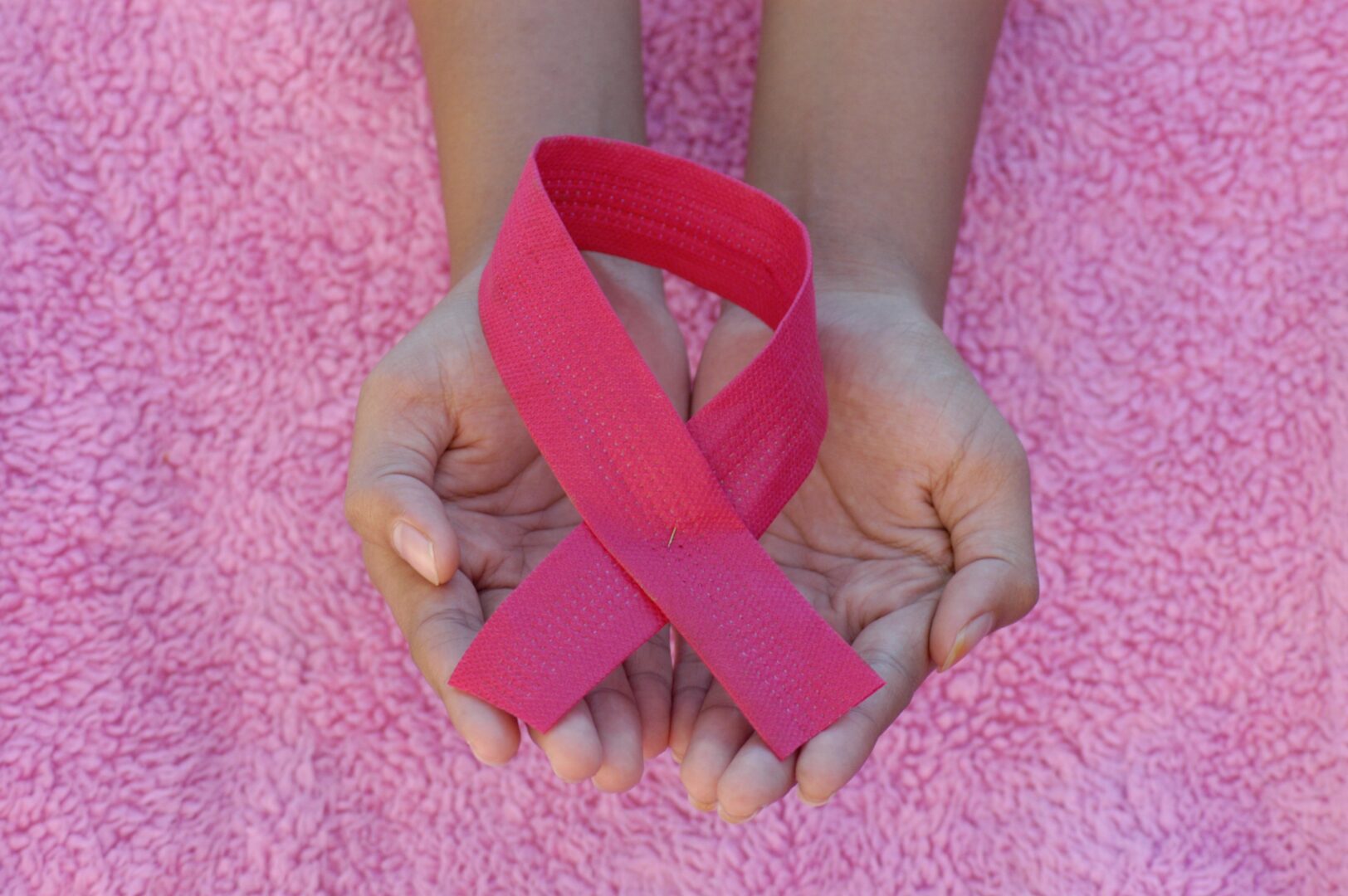 View Winners →
View Winners → 
Photo by Angiola Harry on Unsplash
Lack of stable housing while fighting cancer can be one of the risk factors most likely to increase the risk of dying, researchers from UC San Diego School of Medicine revealed in a paper published Friday.
Prior to the study, published Friday in JAMA Network Open, little was known about cancer patients’ social welfare and how it affects their health outcomes, an issue for an industry increasingly more interested in integrating health and social care.
“We wanted to understand what social and economic issues patients were facing when they first came in with a cancer diagnosis and how those might affect their long-term health,” said corresponding author Matthew P. Banegas, associate professor at UCSD School of Medicine and co-director of the Center for Health Equity Education and Research.
They tracked this by assessing various “social risk factors” in cancer patients, which they evaluated a baseline for by looking at data from patients who completed a social risk survey within 90 days before or after their cancer diagnosis, the researchers said. The survey evaluated four categories of social risk, including financial hardship, food insecurity, housing instability and transportation difficulties. Researchers then measured how closely associated the social risk factors were with the patients’ mortality rates.
The study tracked 1,277 patients enrolled at Kaiser Permanente Northwest, half of which were women and 84% of which were non-Hispanic white.
According to the findings, 16% of the cancer patients experienced one or more social risks, with financial hardships being the most common. A greater proportion of patients who reported social risks were women, from a racial or ethnic minority group, had Medicaid, had breast or lung cancer or had advanced- stage tumors.
Of the various social risks surveyed, housing instability was the most strongly associated with increased mortality risk, even after adjusting for the other social risk factors.
“We were surprised to find that housing instability had the biggest effect on patient outcomes, but this underscores the importance of doing this kind of research,” Banegas said. “Now we want to paint a clearer picture of the mechanism: How do we get from housing instability to greater mortality, and how can this information guide the types of screenings and resources we provide?”
The authors are looking to repeat the study in other populations and health systems, and evaluate an even broader range of social factors, including social isolation and loneliness, they said. In addition to collecting these baseline measurements, they also plan to track how social risks evolve as patients move through their cancer treatments.
“It’s clear that social risk factors affect health outcomes, so we should be screening for them as part of routine care,” Banegas said.
In addition to increased screening, he suggests cancer centers develop programs to provide short-term housing for patients receiving cancer care.
“It’s important for health care systems to engage with their communities and understand what social resources are already available around them,” Banegas said. “Forging partnerships and referral programs with local organizations will be critical to getting patients the full spectrum of care they need.”







































































































